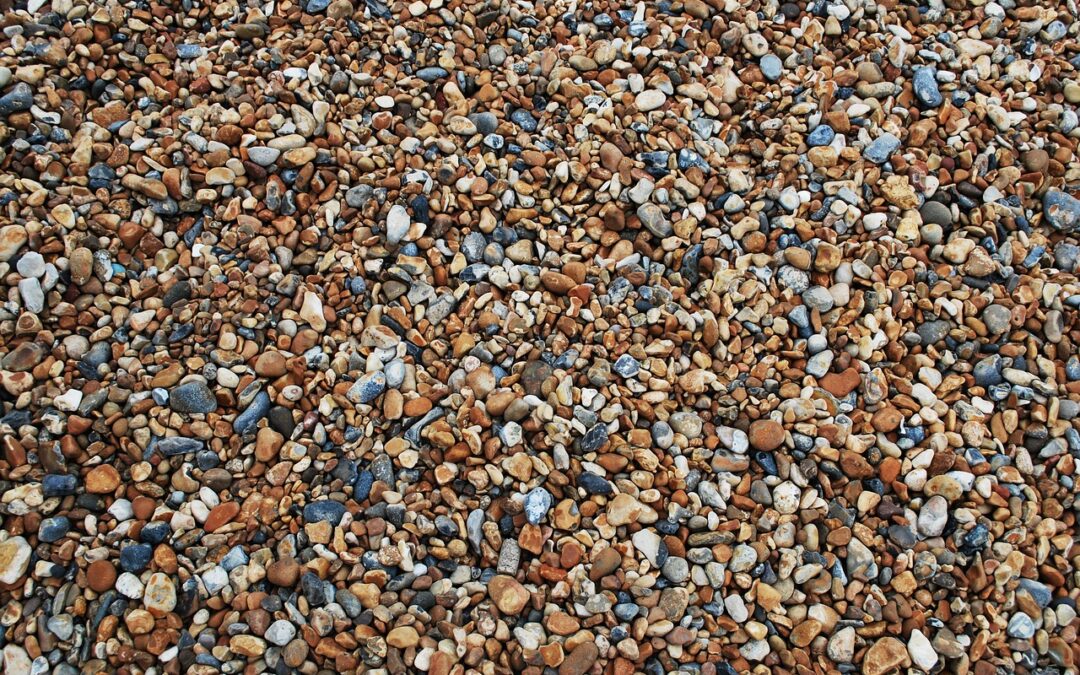Unveil the Secrets of Gravel: A Comprehensive Guide for Impeccable Driveways
TL;DR
Gravel driveways offer a practical, durable, and aesthetically pleasing solution for any property. They’re easy to install, low maintenance, and can enhance the curb appeal of your home. This guide explores the benefits and uses of gravel for driveways, providing valuable insights to help you achieve the perfect driveway.
Understanding Gravel for Driveways
Gravel is a versatile material consisting of small stones or crushed rock. When used for driveways, gravel provides excellent drainage, prevents erosion, and withstands heavy traffic. It’s also a cost-effective option compared to other driveway materials like concrete or asphalt.
Benefits of Gravel Driveways
-
Drainage and Permeability: Gravel effectively drains water, preventing puddles and erosion, making it ideal for areas with heavy rainfall or poor drainage.
-
Durability: Gravel driveways can last for decades with minimal maintenance, handling heavy vehicles and weathering various weather conditions.
-
Cost-Effective: Gravel is a budget-friendly option compared to other driveway materials, making it accessible for homeowners with different budgets.
-
Versatility: Gravel comes in various colors, sizes, and shapes, allowing you to customize your driveway to match your property’s style and complement the surrounding landscape.
Types of Gravel for Driveways
Choosing the right type of gravel is crucial for the durability and aesthetics of your driveway. Common types include:
-
Crushed Stone: Angular and durable, suitable for heavy traffic areas.
-
Pea Gravel: Smooth and round, ideal for decorative purposes and footpaths.
-
River Rock: Smooth and polished, offering a sophisticated look with good drainage properties.
Installing a Gravel Driveway
Installing a gravel driveway is a manageable task that can be completed with basic tools and equipment. Here’s a step-by-step guide:
-
Prepare the Ground: Clear the area, remove any existing vegetation, and create a level surface.
-
Install Edging: Use concrete blocks, bricks, or timbers to define the edges of your driveway and prevent gravel from spilling over.
-
Laying the Base: A layer of crushed stone or compacted soil provides a stable base for the gravel.
-
Spread the Gravel: Spread the gravel evenly over the base, ensuring a depth of 2-4 inches for driveways and 1-2 inches for walkways.
-
Compact the Gravel: Use a roller or plate compactor to compress the gravel, locking the stones together for stability.
Maintaining Your Gravel Driveway
Maintaining a gravel driveway is minimal but essential for its longevity:
-
Regrading and Resurfacing: Over time, gravel may shift and require regrading to restore its level surface. Adding a new layer of gravel periodically can also maintain its thickness.
-
Weed Control: Remove weeds regularly to prevent root damage and keep your driveway looking neat.
-
Drainage Maintenance: Clear drainage channels or pipes to ensure proper water flow and prevent erosion.
Customer Success Stories
“My gravel driveway transformed my property’s curb appeal. It’s so easy to maintain, and I love the natural look it adds to my home.” – John, a satisfied homeowner
“I installed a gravel driveway for my rental property, and it’s been a game-changer. It’s incredibly durable and has withstood the heavy traffic from tenants’ cars.” – Mary, a landlord
Conclusion
Gravel driveways offer a practical, durable, and aesthetically versatile solution for any property. By choosing the right type of gravel and maintaining it properly, you can enjoy a long-lasting and functional driveway that enhances the beauty and value of your home.

